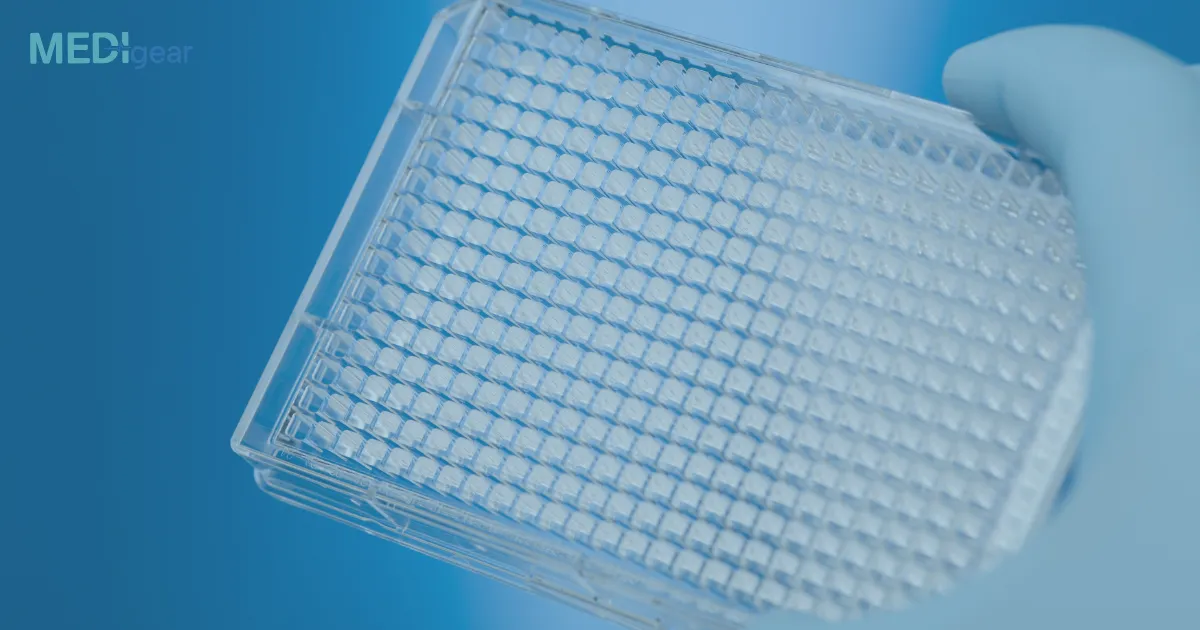Genetic profiling plays a crucial role in modern medicine, enabling early diagnosis, risk assessment, and personalized treatment strategies. Among the tools advancing this field, microarray devices stand out for their ability to analyze thousands of genes simultaneously. These devices have transformed genetic research and clinical diagnostics by providing a high-throughput, reliable, and cost-effective method for examining genetic variations.
1. What Are Microarray Devices?
Microarray devices are laboratory tools that contain thousands of DNA sequences fixed onto a solid surface, usually a glass slide or silicon chip. When a sample of DNA or RNA is applied, the device can identify which genes are active, overexpressed, or mutated, providing a snapshot of an individual’s genetic profile.
2. Benefits of Microarray Devices in Genetic Profiling
a. High-Throughput Analysis
Microarrays can simultaneously test thousands of genetic markers, allowing for rapid and large-scale profiling that would otherwise take weeks with traditional methods.
b. Early Disease Detection
By identifying gene mutations and expression patterns, microarray devices help detect predispositions to diseases such as cancer, cardiovascular disorders, and neurological conditions before symptoms appear.
c. Personalized Medicine
Genetic profiling through microarrays supports precision medicine, helping clinicians choose targeted therapies based on a patient’s unique genetic makeup.
d. Cost-Effective and Efficient
Compared to whole genome sequencing, microarray analysis is faster and more affordable, making it accessible for both clinical use and large-scale research.
e. Research and Drug Development
Microarrays are invaluable in pharmaceutical research, enabling scientists to study disease pathways, discover biomarkers, and test drug responses on a genetic level.
3. Clinical Applications of Microarray Devices
- Oncology: Identifying mutations and expression profiles in tumors for personalized treatment.
- Prenatal Testing: Detecting chromosomal abnormalities in developing fetuses.
- Neurology: Studying gene variations linked to disorders like Alzheimer’s or autism.
- Pharmacogenomics: Predicting patient responses to drugs to minimize side effects.
Conclusion
Microarray devices have become a cornerstone in genetic profiling, making it possible to analyze complex genetic data quickly and affordably. By enabling early detection, guiding personalized treatments, and supporting advanced research, these devices continue to push the boundaries of modern healthcare.
Disclaimer
This blog is for educational purposes only and is not intended as medical advice. Patients should consult qualified healthcare professionals for genetic testing, diagnosis, or treatment decisions.






